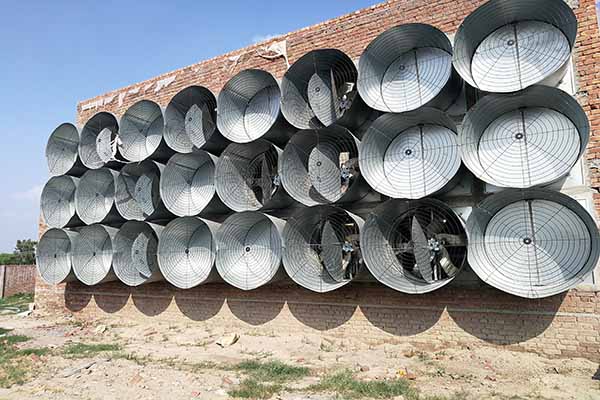A Comprehensive Guide to Automatic Egg Collection Equipment in Tanzania’s Chicken Farms
Time : 2025-06-27
Automatic egg collection equipment has revolutionized the poultry industry, providing farmers with efficiency, hygiene, and peace of mind. In Tanzania, where chicken farming is a significant part of the agricultural landscape, implementing such equipment can greatly enhance productivity. This article delves into the details of automatic egg collection equipment in Tanzania’s chicken farms, offering insights into its benefits, types, installation, and maintenance.
Introduction to Automatic Egg Collection Equipment
Automatic egg collection systems are designed to minimize human interaction in the egg collection process. These systems are installed within chicken coops and use sensors and conveyors to gather eggs, which are then transported to a storage area or for further processing. This method is particularly beneficial in large-scale poultry operations, where the number of eggs produced is substantial.
Benefits of Automatic Egg Collection Equipment in Tanzania’s Chicken Farms
1. Increased Productivity: By automating the egg collection process, farmers can significantly increase the number of eggs collected daily. This is crucial for large-scale chicken farms in Tanzania, where maximizing output is a key concern.
2. Improved Hygiene: Traditional manual egg collection methods can lead to the spread of diseases and contamination. Automatic systems minimize direct contact, reducing the risk of infections.
3. Cost-Effectiveness: Although the initial investment in automatic egg collection equipment can be substantial, the long-term savings on labor costs and the potential for increased egg production make it a cost-effective solution.
4. Data Collection: Many modern automatic systems are equipped with sensors that can track egg production data, which is invaluable for farmers looking to optimize their operations.
Types of Automatic Egg Collection Equipment
1. Slatted Floor Systems: These systems use slatted floors that allow eggs to roll down into a collection tray. They are suitable for broiler farms and can handle large quantities of eggs.
2. Drop Collection Systems: These involve a system of poles or platforms that direct eggs into a collection tray. They are suitable for free-range or barnyard systems.
3. Cage-Collecting Systems: Ideal for battery cages, these systems involve a device that is placed at the base of the cage to collect eggs.
4. Rear Exit Systems: Used in aviary systems, these allow hens to exit the coop at the rear, with eggs dropping into a collection bin.
Installation of Automatic Egg Collection Equipment
The installation process requires careful planning and execution. Here are the key steps involved:
1. Designing the Coop: The coop must be designed to accommodate the specific type of automatic egg collection system being installed.
2. Positioning the Collection Equipment: Ensure the equipment is correctly positioned within the coop to facilitate the egg collection process.
3. Connecting Power Sources: Automatic systems require power sources, so proper wiring and connections are essential.
4. Calibrating Sensors: Sensors need to be calibrated to ensure accurate egg detection and collection.
Maintenance and Upkeep
Regular maintenance is crucial for the longevity and efficiency of automatic egg collection equipment. Here are some key maintenance tasks:
1. Cleaning: Regular cleaning of the collection equipment and the coop helps maintain hygiene and prevent disease.
2. Inspection: Regular inspections for any signs of wear and tear can prevent costly repairs in the future.
3. Sensor Calibration: Ensure that sensors are calibrated correctly to detect eggs accurately.
4. Battery Replacement: For systems that use batteries, regular replacement is necessary to maintain operation.
Challenges and Solutions
1. Initial Cost: The high initial cost can be a barrier for some farmers. However, considering the long-term benefits, investing in such equipment can be justified.
2. Training: Farmers may require training to operate and maintain the equipment. Partnering with equipment manufacturers or agricultural extension services can help overcome this challenge.
Conclusion
Automatic egg collection equipment has the potential to transform Tanzania’s chicken farming industry. By automating the egg collection process, farmers can enhance productivity, improve hygiene, and reduce labor costs. With proper planning, installation, and maintenance, automatic egg collection systems can be a valuable asset for any chicken farm in Tanzania.












